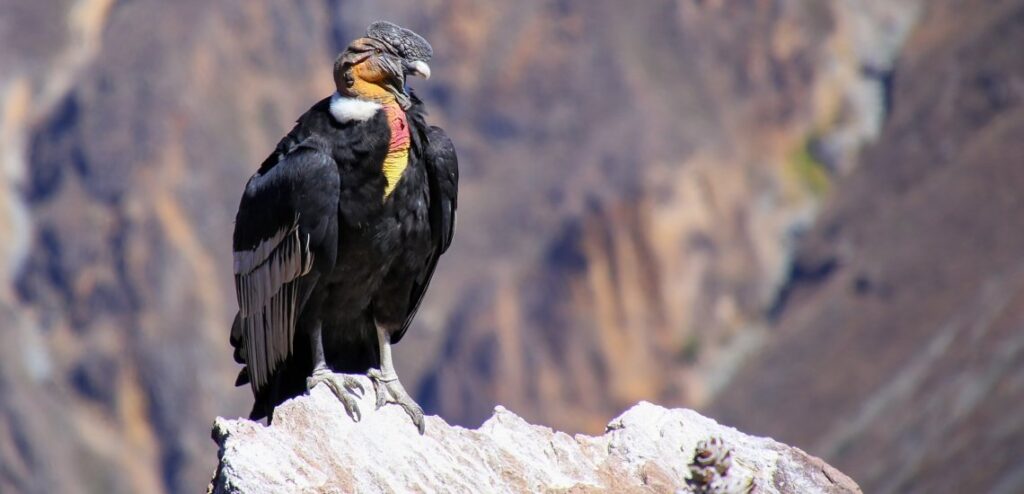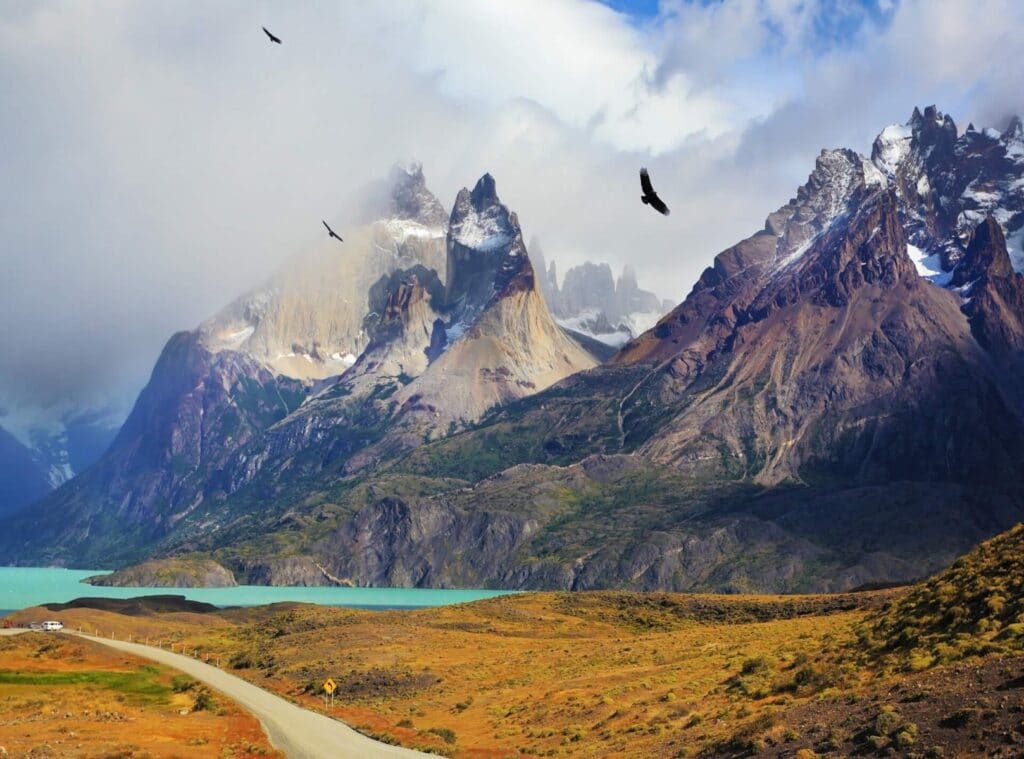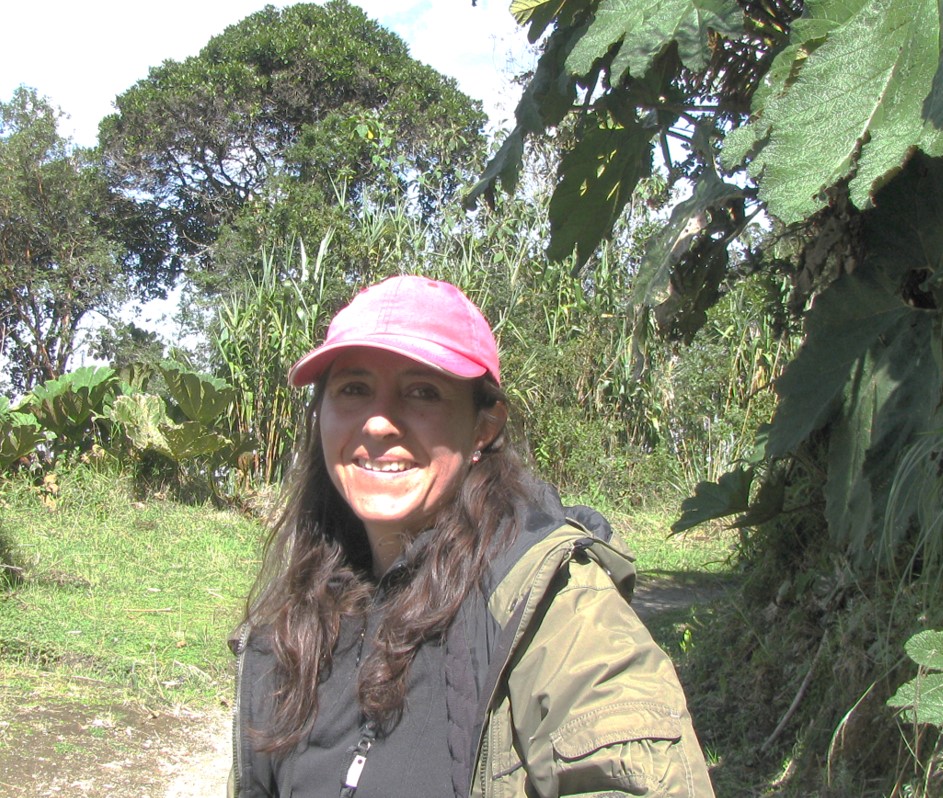Help us continue to identify and protect birds that most need our help
In December 2020, BirdLife unveiled this year’s Red List ups and downs – with mixed results for the world’s birds.
As a global Partnership, we believe in internationalism. We have translated as much content in your language as our resources allow. Please visit the English language site to view all of our content.

Andean Condors are becoming increasingly scarce because of habitat loss, poisoning and persecution. They’re now considered Vulnerable as of the latest Red List update, leading us to ask: has the vulture poisoning crisis spread to the Americas?
By Rachel Gartner
There are many things that assault your senses when you visit Southern Patagonia. First the wind, vicious and constant, which blows your glasses off your face, the hat off your head and, if you’re not careful, blowing you off the narrow path you happen to be walking along. Then there is the landscape. Grassy, dry, treeless plains that stretch for miles, until they hit the Andes, which seem to appear out of nowhere and take your breath away with their craggy, snowy peaks.
Finally, there is the wildlife. Guanacos (a close relation to llamas) grazing, skittish rheas with their young trailing behind them in an orderly line, scaly armadillos vacuuming insects from the ground. In the distance, Patagonian foxes sniff the air intently in search of their next snack, and pumas silently stalk. But perhaps most striking of all, the condors, soaring high above you, circling for carrion. If you’re really lucky, you might get to see them on the ground, hopping around a guanaco carcass, their intelligent and surprisingly handsome bald faces poking up above their feathery shoulders.
Like seeing the Andes for the first time, witnessing an Andean Condor Vultur gryphus in its natural habitat is a breath-taking experience. And one that may soon be denied to many. Unfortunately, our recent Red List update shows that the fate of the Condor across its entire range is looking increasingly bleak. If we don’t act soon, these majestic birds, who are so much a part of the Andean landscape, might be lost forever.
While the number of Condors is decreasing across the entire continent, populations are smallest in the northern part of their range. There are fears that the species is now extinct in Venezuela, and there are only around 7,000 adults left across its range. “The Andean Condor is built to last. But humans are ruining its natural ‘live slow, die old’ life strategy, causing high death rates from which it is hard to recover,” says Ian Davidson, our Director in the Americas.
For anyone who has been following our coverage of the vulture crises affecting Asia, Europe and Africa, the threats facing condors will no doubt sound eerily familiar. Poisoning (both intentional and accidental) is at the top of the list, but condors are also being affected by habitat loss, illegal hunting and wildlife trade, competition for food from feral dog populations and collisions with energy infrastructure.
Most concerningly, there have been several mass poisonings reported in the last few years. Many ranchers across the region coat livestock carcasses in illegal organophosphate pesticides and other chemicals to ward off potential predators like pumas, foxes and feral dogs. In 2018 alone, over 120 Condors were confirmed to have been killed by poisoning, with one event in Argentinian Patagonia accounting for 23 deaths. This practice is not just harmful to condors, but all wildlife.

The impact of these combined threats on Old World vultures has been significant and serious. In Asia, vulture populations plummeted by 99% over a 20-year period because of the use of NSAIDs – drugs which are deadly to Old World vultures – in cattle farming. In Africa, seven vultures are threatened with extinction. If a similar pattern emerges in the Americas, the result would be catastrophic.
There is hope though. Our work to protect Old World vultures has shown that decisive and targeted action can be successful. Following a blanket ban on NSAIDs and the implementation of vulture safe zones in several Asian countries, vulture populations in the region are now showing signs of stabilising. In addition to banning harmful drugs and chemicals (and effectively enforcing these bans), the best tools in our arsenal to protect condors are increased habitat protection, awareness raising and education. And encouragingly, there are already a number of Condor conservation programmes up and running in South America.
The Andean Condor Working Group, established in 2012, brings together the efforts of a number of organisations focused on protecting condors in the region. Aves y Conservación (BirdLife in Ecuador), as a member of the Ecuador Working Group, has been participating in monitoring populations through a nationwide census and building awareness. A dedicated reserve was also set up by the Jocotoco Foundation in 2014, and there have been several successful releases in the country. Asociación Armonía (BirdLife in Bolivia) has also been actively engaged in monitoring condor populations and building awareness through education programmes in the community.
The Condor’s change in Red List status to Vulnerable provides us with a clear message that we need to scale up these conservation activities, and do more work to protect the species across its entire range. Acting quickly, we have the opportunity to avoid the same scale of crisis that has affected Old World Vultures.
At the crack of dawn on a typically chilly Patagonian morning a few years ago, your writer gathered with a number of other excited onlookers to watch the sun rise over the Fitz Roy mountain range in Argentina. As the sunlight coloured the mountains in a bright pink glow, the group was distracted by a condor taking flight, soaring higher and higher until it vanished out of view. The thought that this spectacle might become increasingly rare, or disappear altogether, is unspeakably sad – but not inevitable.
When did the condor’s plight first appear on your radar?
We were the first organisation to launch a campaign to save the condor in Ecuador in the 1990s. We’ve been involved in helping to monitor Condors through the national census.
What measures have been instrumental in helping you gauge the extent of the situation?
Radio tracking – led by the Peregrine Fund and Fundacion Condor – has been crucial to building a better understanding of the species within Ecuador. For example, this tracking has shown us that the majority of condors are not within protected areas.
What are the next steps for condor conservation?
Environmental education is probably one of the most important activities that we need to focus on. In addition to building awareness with students and local communities – which we’ve done very successfully – we need to educate governments and decision-makers, since they have the power to make significant changes to help protect this species. In the future, we would like to create a Condor booth, a mobile education unit that can be easily taken into communities around the country.

In December 2020, BirdLife unveiled this year’s Red List ups and downs – with mixed results for the world’s birds.